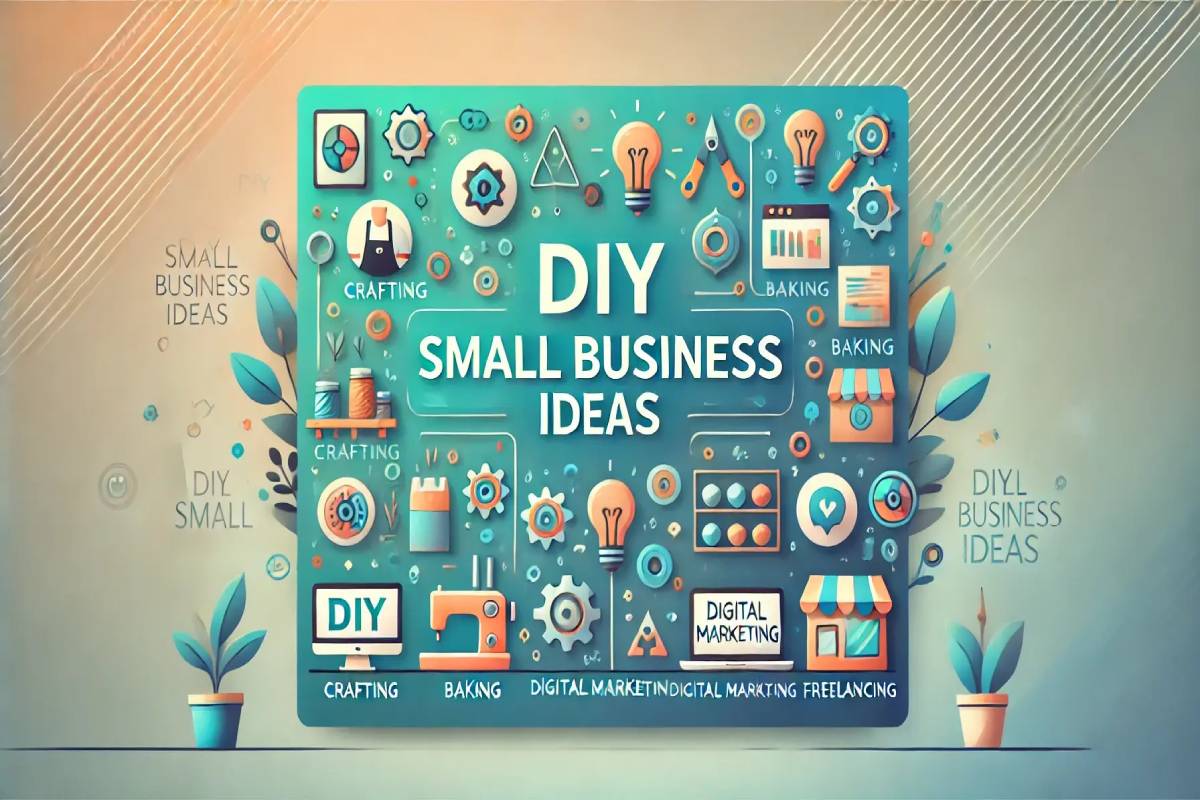
Rise of DIY
Opportunities and Future Prospects
Lately, DIY has gone big. It’s no longer just a quirky hobby. Now, it’s a full-blown business model. People aren’t just crafting for fun—they’re building brands. Digital platforms helped push it forward. So did the push for sustainability. And the hunger for personal, one-of-a-kind stuff. It’s expected to find it even on betting platforms like Bet Label Canada. DIY isn’t fading. It’s just getting started.
The DIY Movement: From Passion to Profit
DIY is all about doing things yourself. It values independence, creativity, and making the most of what you have. People are crafting more than ever—decor, clothes, skincare, even furniture. These handmade goods speak to buyers who want something real. Something original.
Apps and platforms helped fuel the boom. Etsy made it easy to sell. Pinterest sparked ideas. YouTube and TikTok taught skills and built audiences. What started as hobbies turned into careers.
One big draw? It’s cheap to start. No need for a big loan or fancy office. Most people begin at their kitchen tables. Just a few tools, some time, and an idea.
The internet made it simple. Tutorials are everywhere. Inspiration is nonstop. And anyone can reach customers across the world.
Woodworkers. Candle makers. Vintage clothing re-creators. They’re growing businesses with just a phone and a plan. It’s not about having everything—just making something.
Key Drivers of the DIY Business Boom
Several things are driving the rise of DIY businesses.
People want products that feel personal. They don’t want cookie-cutter stuff. They want items that match their style and values. DIY makers can deliver that—custom, handmade, and unique.
Sustainability matters too. More buyers are ditching fast fashion and factory-made goods. They’re choosing upcycled, local, or eco-friendly options instead. DIY businesses often fit that mold. They feel more ethical and green.
Money plays a part as well. The gig economy is growing. Jobs feel less stable. Many are looking for extra income or a backup plan. DIY offers that. It’s flexible and can grow into something full-time.
Then there’s tech. Online shops are easy to set up. Mobile payments are fast. Social media spreads the word. Anyone with a skill and a smartphone can start building a business—right from their living room.
Challenges in the DIY Business Landscape
The DIY model has its perks, but it’s not all smooth sailing. Growth is tricky. Handmade takes time. Making more without losing quality is a tough line to walk.
There’s also a lot to juggle. Marketing, shipping, customer service, inventory—it can pile up fast. Especially when you’re doing it all alone. And the space is getting crowded. More makers means more noise. It’s harder to stand out. Strong branding helps. So does a good story. Building a loyal community can make the difference.
The Future of DIY as a Business
The future looks good for DIY. Especially for those ready to adapt and grow.
One trend is the hybrid model. Makers are blending handmade work with small-scale machines. A jeweler might craft pieces by hand but use 3D printing for early designs.
Some creators are shifting to digital. They sell eBooks, tutorials, and online courses. It’s a smart way to scale and earn without constant production.
Community is also key. Maker spaces, craft fairs, and online groups bring people together. They team up for workshops, events, and product collabs.
Tech is changing things fast. DIY sellers are trying out AR for virtual try-ons and online shopping. It helps small brands feel big.
Niche is the new mainstream. The best DIY brands go deep, not wide. Think eco pet gear. Custom wedding decor. Spooky gothic home goods. Focusing tight builds trust—and loyal fans.
Getting Money with DIY
DIY isn’t just a hobby anymore. It’s a force. It blends creativity, business, and community in powerful ways. Buyers want more than just stuff. They want meaning. They want to be eco-friendly. They want custom. DIY checks all those boxes. But to keep growing, makers need to stay sharp. Be quick. Be creative. Use tech to your advantage.
Digital tools matter. So does standing out. Know what makes you different. Talk to your audience. Keep them close. Whether you’re crafting for cash or scouting new ideas, DIY is full of life. It’s messy, bold, and wide open.